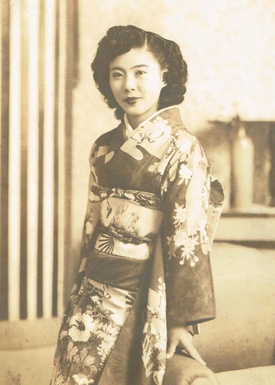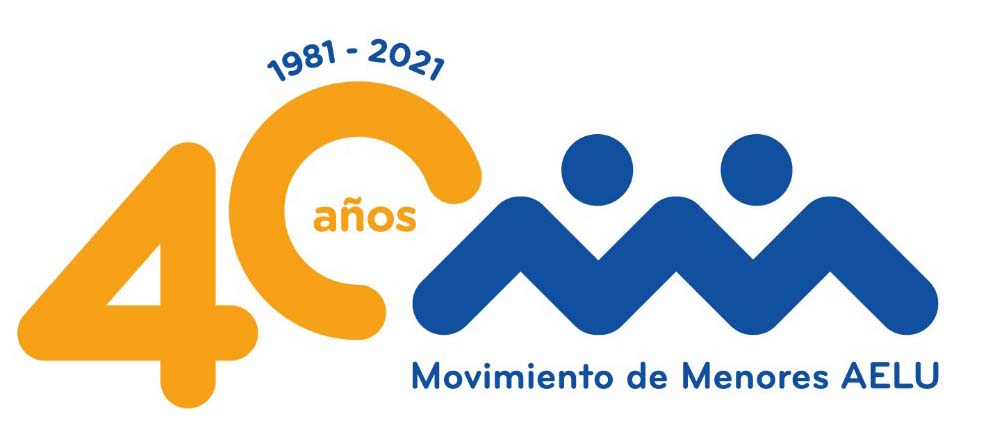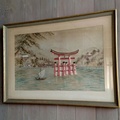My Nisei mother was an attractive woman but she wasn’t materialistic. In fact, she was almost fervently anti-materialistic. She would spend money on stylish clothes only when she absolutely had to, for instance, to look her best for an upcoming family wedding. And I don’t think she ever bought a single piece of jewelry for herself. Anything really nice that she owned was given to her either by her family or other relatives. And even then she wouldn’t allow herself the full pleasure of wearing or using those items. For her birthday once, I had an elegant blouse custom made for her from antique kimono silk, and the designer made sure that the blouse covered my mother’s upper arms (which she hated being exposed) and that it was easy to slip into without much fuss. I thought my mother looked so chic and fashionable in it, all while being “age appropriate,” but she wore it just once, I think more to humor me than anything else.
After my mother died, I was so saddened as I went through our family photos and noticed her wearing some of the same clothes not just over years but over decades. I know I’m not the most observant person, but why didn’t I realize this when she was still alive? Like many Nisei of her generation, my mother was a firm believer in mottainai and she’d use and reuse things until they broke or were completely worn out, but it still pained me that she hadn’t allowed herself to enjoy some of the finer things in life, especially when she could have more easily afforded to.
In going over those family albums, my brothers and I also discovered this breathtaking photo of our mother as a young woman in kimono, and we were shocked. At first, I had to do a double take, because I couldn’t quite believe what I was seeing. The woman in the photo is dressed exquisitely in a gorgeous kimono and obi, and she’s leaning delicately against the arm of a Western sofa. She’s not smiling but your attention is commanded by the sheer presence of this attractive young lady so perfectly attired and composed. Who is this person in this photo, I wondered, and why did she disappear when she became my mother?
I’ve been thinking a lot about that photo, trying to better understand the woman my mother was before she married my father and started a family. Unfortunately, as with many Nisei, my parents rarely talked about their childhood or teenage years, especially the traumatic period of World War II. But I’ve come to realize that, although my parents had closed the door on the past, they left plenty clues of the most formative events of their life.
One such clue came to me one day as I thought about my difficult senior year in college. This was decades ago, but I vividly remember my crushing crisis in confidence. I had become so distraught at the prospect of spending my life in a career I didn’t want and was seriously considering dropping out. My mother begged me to persevere and finish my studies. “Don’t you understand,” she pleaded with me, “once you have your degree, nobody can take that away from you, nobody. What you have inside your head will always be yours, always.” At the time, I thought her choice of words was rather peculiar. Why in the world should I be worried about somebody taking things away from me, I wondered to myself. After all, I was just a poor college kid, with barely the clothes on my back.
It’s only recently that I’ve come to fully understand my mother’s words. You see, she had grown up in Honolulu as the daughter of a wealthy businessman. She and her sisters had exquisite kimonos, fancy toys, and beautiful dolls, but they lost virtually everything after Japan attacked Pearl Harbor and they were sent to a concentration camp in Arkansas. There, they struggled that first winter because they didn’t even have the proper clothes to deal with the winter cold and snow. They had to depend on blankets and other items they received as donations from a Quakers group.
And this is why I believe my mother never again allowed herself to become attached to material things, because someone could always take them away. And that’s why she always emphasized to her four sons that the most valuable thing we could ever own was our minds—all the education, knowledge, experience, and wisdom stored there.
Ironically, as my mother entered her late seventies, dementia began to rob her of the one thing she thought she’d always possess, but her sons and grandchildren will long remember her many wise words. As for me, I did stick it out to get my bachelor’s degree and, after a two-year break, I even returned to college to obtain my master’s. And, funny enough, I recently saw a photo of me taken in the 1990s and realized that I still wear that same old shirt. Moreover, the only piece of nice jewelry of mine is a Seiko watch that was given to me by one of my brothers as a high-school graduation gift. This was more than forty years ago, but the watch still keeps perfect time. I suspect it will be with me throughout the rest of my life, as will my mother’s countless words of wisdom.
© 2021 Alden M. Hayashi













